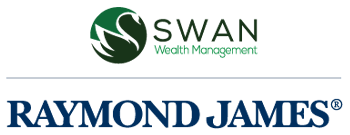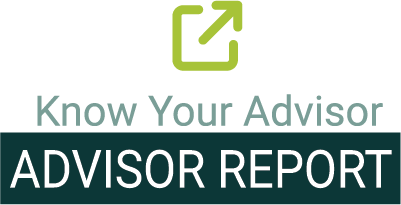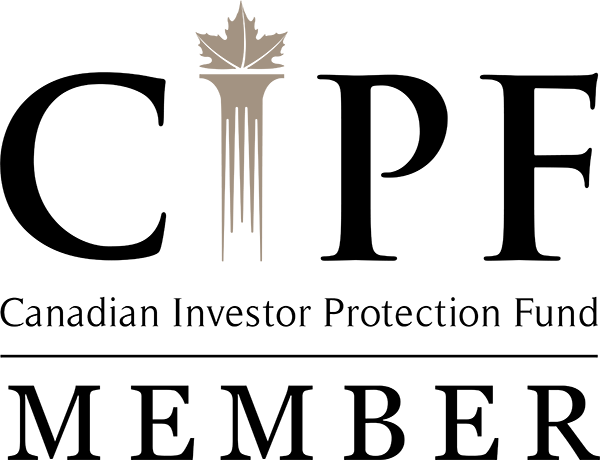401(k) vs RRSP - What do they have in common?
As a US citizen or green card holder who resides in Canada, you may become very frustrated when trying to find information on various cross-border financial planning topics.
Comparing a 401(k) vs. RRSP can often cause confusion. In this blog, we will set the record straight. We are here to help.
Summary of Key Points:
- A 401(k) and RRSP are both government plans designed to help people save for retirement by offering tax-deferred growth.
- The main differences between an RRSP vs 401(k) are contribution rules, penalties, and carry forward rules.
- You cannot bring your 401(k) to Canada, but you can roll it into an IRA and have it managed from Canada.
- Do not transfer a rollover IRA or a 401(k) to an RRSP.
- When you take money out of your 401(k), it is taxable first in the US and must be reported in Canada and the US as part of your worldwide income.
401(k) vs RRSP - What do they have in common?
A 401(k) and RRSP are plans recognized by their respective governments to encourage individuals to save for retirement. Both plans allow you to grow your retirement investments while not paying tax on the growth until you take the money out. You can hold many types of investments, such as mutual funds, ETFs, bonds, and stocks. Both a 401(k) and an RRSP have contribution limits, which essentially means you can't just put in as much money as you want. The RRSP contribution limit for 2020 is 18% of your earned income from your previous year, to a maximum of $27,230. The 401(k) contribution limit for 2020 is $19,500 or $26,000 if age 50 or older.
What are the main differences between a 401(k) and an RRSP?
A 401(k) has two options for contributing. You can use after-tax dollars and open a Roth 401(k) or use before-tax dollars and open a Traditional 401(k). The rules around contribution room in a 401(k) vs RRSP differ significantly. The amount you can contribute to an RRSP is based on earned income in the year prior. This means you need to have earned income in the year before contributing to an RRSP. There is an RRSP calculator on Canada's government website to determine how much you can contribute to an RRSP. A 401(k) is based on an amount set by the IRS and is independent of your earned income. Also, the contribution room in your 401(k) increases after age 50.
Carry Forward Rules 401(k) vs RRSP
The room in a 401(k) cannot be carried forward, so you do not get the extra room the following year if you do not contribute one year. A significant RRSP benefit is that you have the flexibility to contribute in the current year, as long as you have accumulated room, or you can carry forward this room to future years when you may be in a higher tax bracket.
Set-up
A 401(k) is set up through your employer and only set up by an individual if you are self-employed. An individual can set up an RRSP at any bank or financial institution, or if an employer sets it up, it is called a group RRSP. With a group RRSP and a 401(k), you contribute through payroll deductions, and the employer often matches up to a certain percentage.
Penalties
A 401(k) has a 10% penalty if you take money out before age 59.5, while an RRSP doesn't have any penalties if you take the money out before retirement. However, you will pay taxes on the money you take out, and you lose that contribution room forever.
How does this apply to your retirement if you’re a Canadian living in the US?
If you are a Canadian living and working in the US, you can accumulate retirement savings in a 401(k) or a 403(b). If you retire and decide to move back to Canada, you can transfer your 401(k) to an RRSP in Canada. Moving it into a RRSP requires a lot of planning and may have negative tax consequences. Another option is you can roll it over to an IRA and have it managed with a dual-licensed financial advisor. If you decide to stay in the US, you can keep the funds in your 401(k) and start to withdraw without penalty after you are age 59.5. As a Canadian living in the US, you will not be required to do a Canadian tax return as the Canadian government taxes based on whether you reside in Canada.
How does this apply to your retirement if you’re an American moving to Canada?
If you are an American moving to Canada and wondering what to do with your 401(k), as mentioned above you can rollover your 401(k) to an IRA and have managed with a dual-licensed advisor, or move you can move your 401(k) to an RRSP. Moving it to an IRA is usually a nontaxable event whereas moving a 401(k) to an RRSP is rarely a tax neutral event. If you wonder if your 401(k) is taxable in Canada, the answer is the income is reportable on your Canadian tax return.
For example:
1) You are not a US citizen or green cardholder. The US will tax the withdrawals from your 401(k) first (i.e., before Canada) at either 30% if it is a lump-sum payment or 15% if it is a periodic payment.
2) If you are a US citizen or green card holder, you are taxed at your graduated tax rate in the US.
For the Canadian return, you would report the income but could claim the US's tax as a foreign tax credit to avoid double taxation. Your cross-border accountant can help you plan so you can fully utilize foreign tax credits.
Can you transfer a 401(k) to an RRSP or vice versa?
You can transfer a 401(k) to an RRSP but it is not tax deferred. If you are considering this, I would recommend consulting with a cross-border accountant first to ensure you can fully utilize all your foreign tax credits. Remember that once you move either an IRA or 401(k) to an RRSP, you can never move it back to an IRA. You also lose some of the unique benefits an IRA has over an RRSP.
Final 401(k) Tip
To avoid unexpected tax bills I would recommend to consult with a cross-border accountant and dual-licensed financial advisor before you move any of your retirement assets across the border.
Your Next Step:
If you would like more information, please go to our Cross-Border Financial Planning page.
Schedule a call below to speak with a SWAN Wealth financial advisor and begin the process of simplifying your cross-border finances.
Schedule a Call
About the Author:
Tiffany Woodfield is a dual-licensed financial advisor and the co-founder of SWAN Wealth Management along with her husband John Woodfield. Tiffany specializes in advising clients who live both in Canada and the United States and need to simplify their cross-border financial plan, move their assets across the border, and optimize their investments so they can minimize their tax burden. Together Tiffany and John Woodfield, CFP and portfolio manager, help their clients simplify their cross-border finances and create long-term revenue streams that will keep their assets safe whether they live in Canada or the US. Click here to schedule an introductory call with SWAN Wealth Management.
Information in this article is from sources believed to be reliable, however, we cannot represent that it is accurate or complete. It is provided as a general source of information and should not be considered personal investment advice or solicitation to buy or sell securities. The views are those of the author, Tiffany Woodfield, and not necessarily those of Raymond James Ltd. Investors considering any investment should consult with their Investment Advisor to ensure that it is suitable for the investor’s circumstances and risk tolerance before making any investment decision. Raymond James Ltd. is a Member - Canadian Investor Protection Fund.






